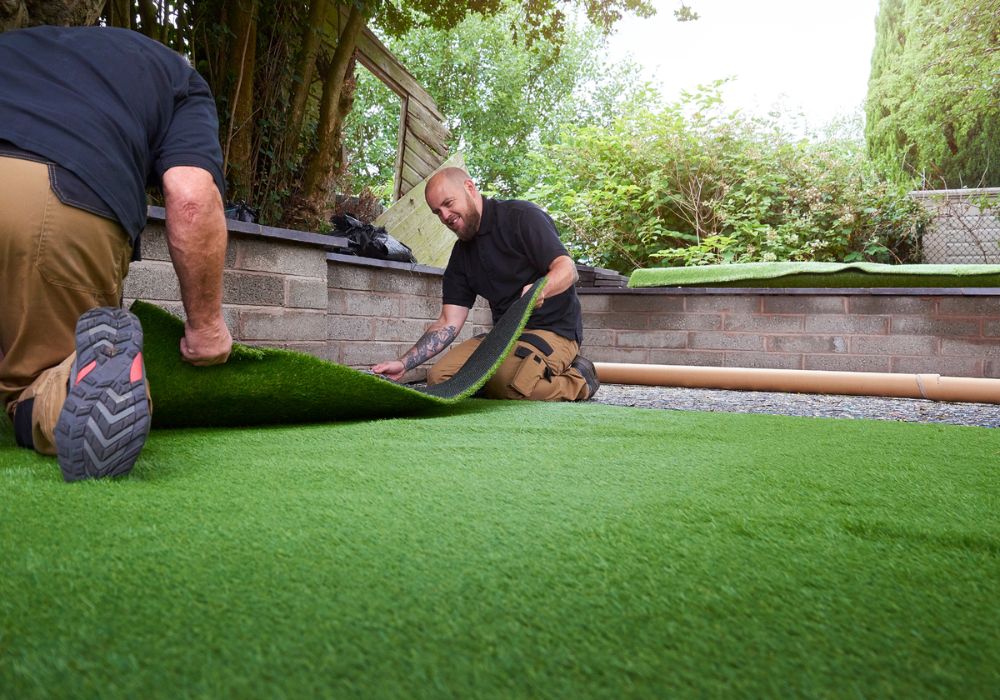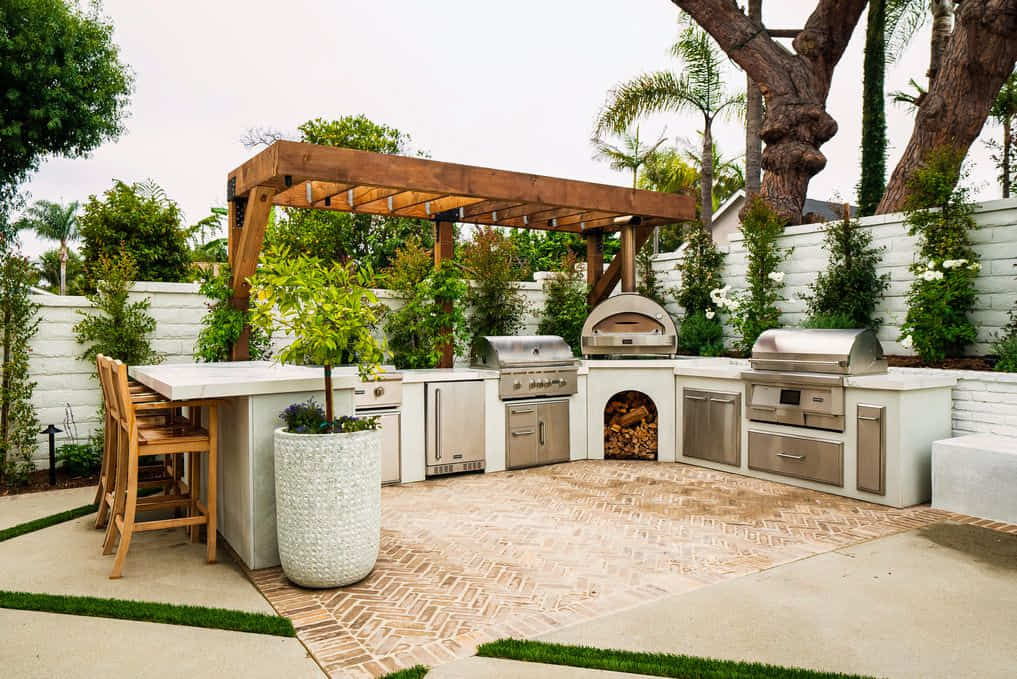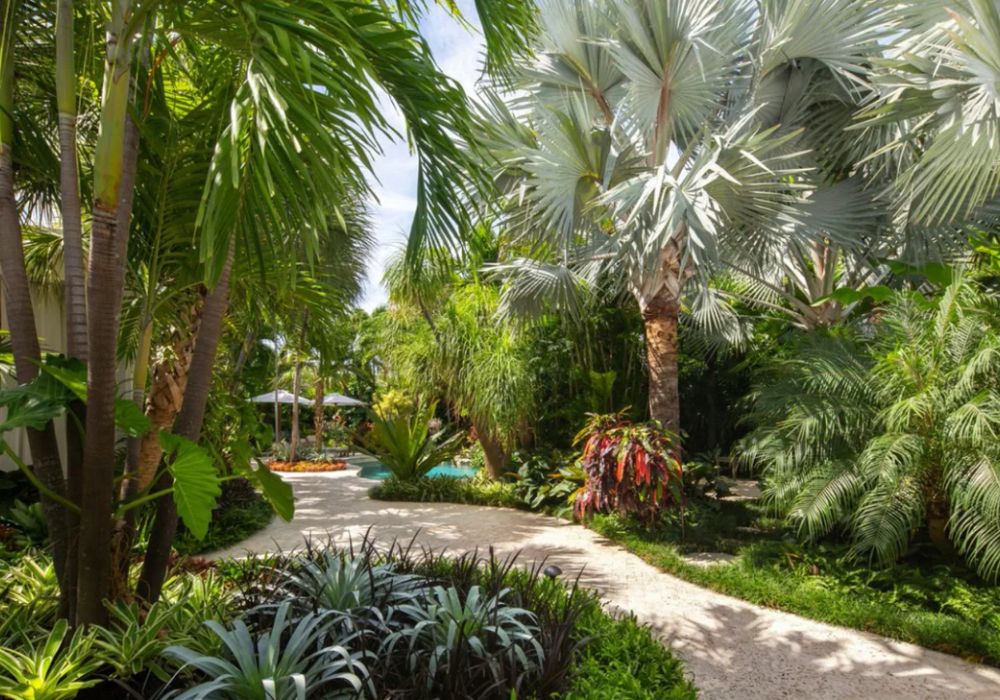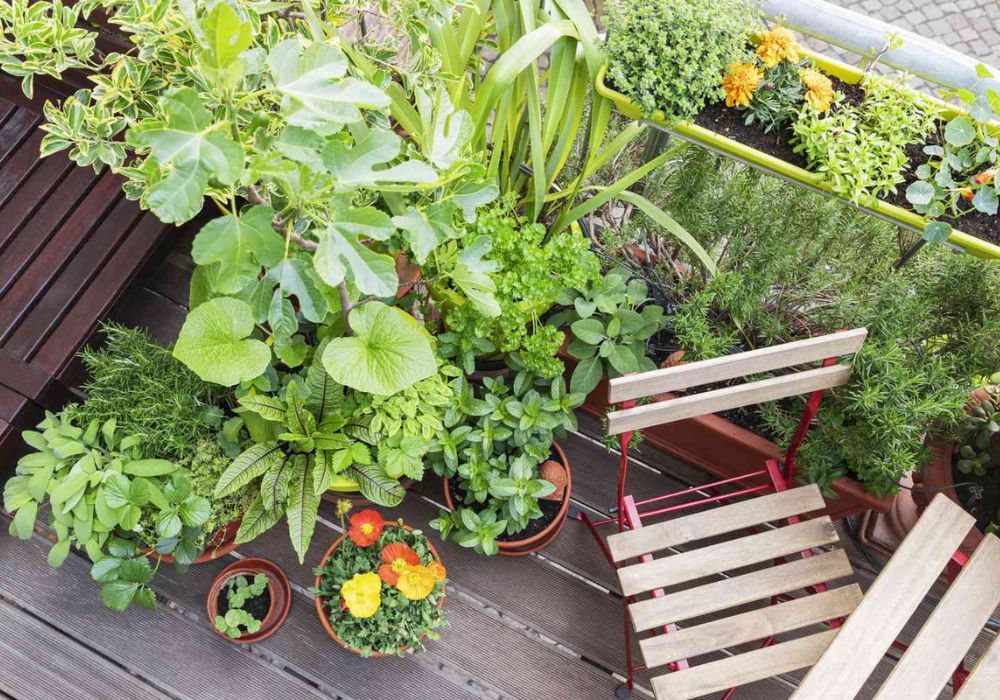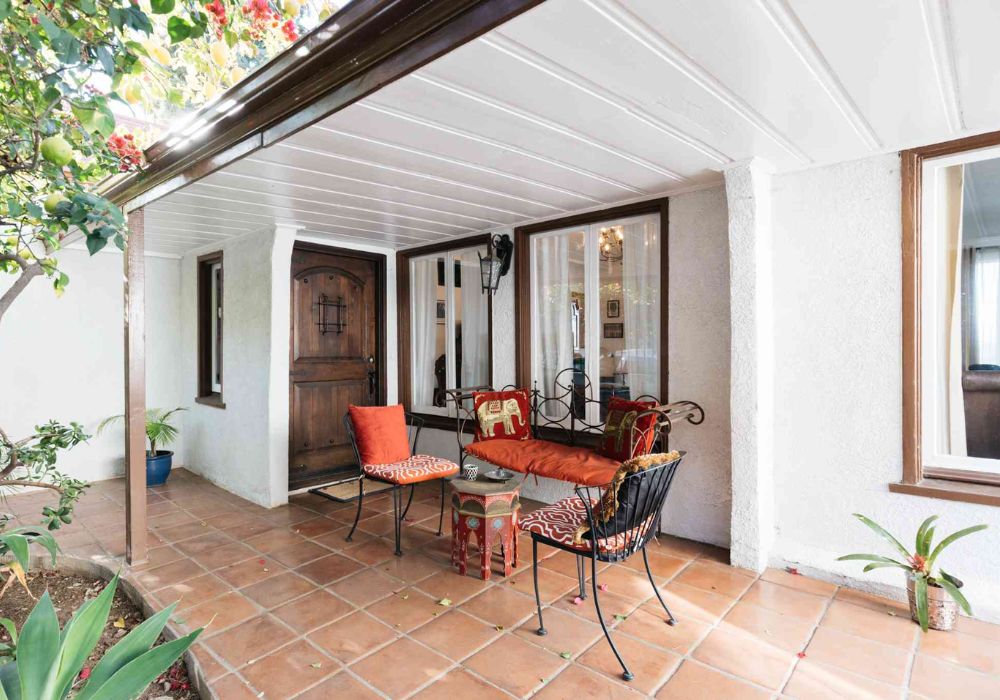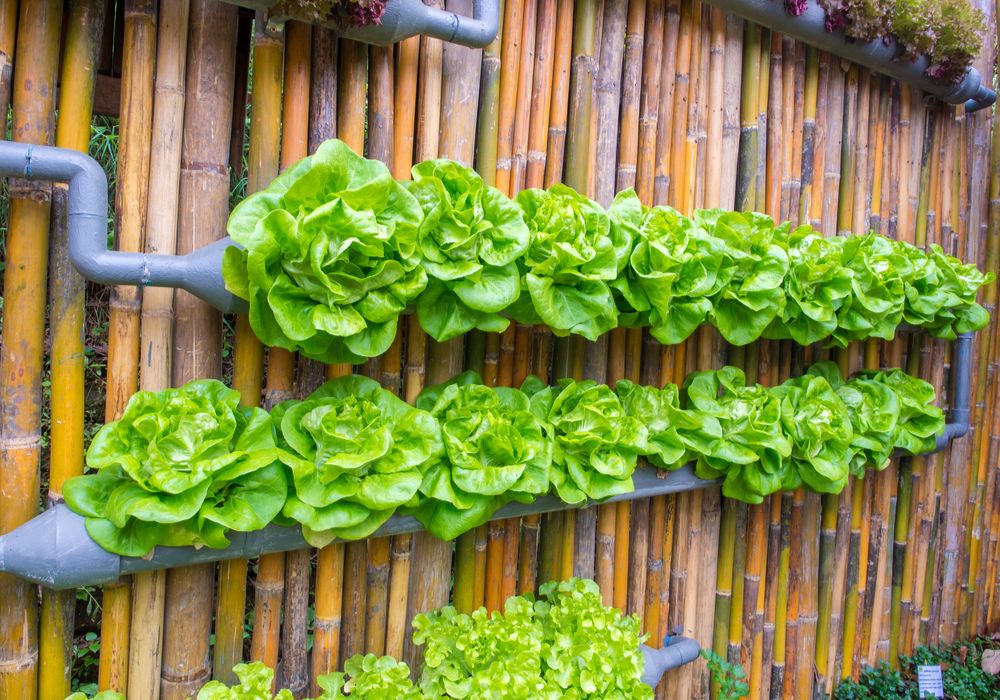Gravel makes for an beautiful and versatile edging material in the garden. With its natural aesthetic and durability, gravel borders can define space in the landscape while blending seamlessly with the environment. This article explores 10 unique ways to incorporate gravel borders for a styled yet low-maintenance garden design.
Straight Gravel Border

A simple straight gravel border creates a clearly defined edge separating different areas of the garden, such as a flower bed from a lawn or walkway. Lay gravel in a shallow trench a few inches wide and backfill the sides to restrain it. This basic linear design allows plants to blend together while keeping areas organized.
Curving Gravel Border

For a more natural look, curve the gravel border into a gentle S-shape or multiple arched segments. Lay gravel free-form without strict corners. Tamp it down occasionally as it settles. Curving borders soften the division between spaces for a relaxed aesthetic. Place winding borders around trees or follow the outline of a bed.
Stepping Stones in Gravel

Add visual interest with flat stepping stones placed within a gravel border or cutting diagonally across. Space stones about a foot apart leaving gravel in between for an anchored walkway. Use various sized stones for texture. This design guides movement through the garden while still allowing plants to mingle at the edges of stones.
Gravel Mounds

Create low mounded borders by gently heaping gravel soil mixtures containing compost. Taper the sides of mounds gradually blending into surrounding ground. Plant succulents, herbs or drought tolerant plants on mounds. Their foliage will cascade down sloped sides. Mounded borders add topography and require no edging for a natural scene.
Gravel Moat
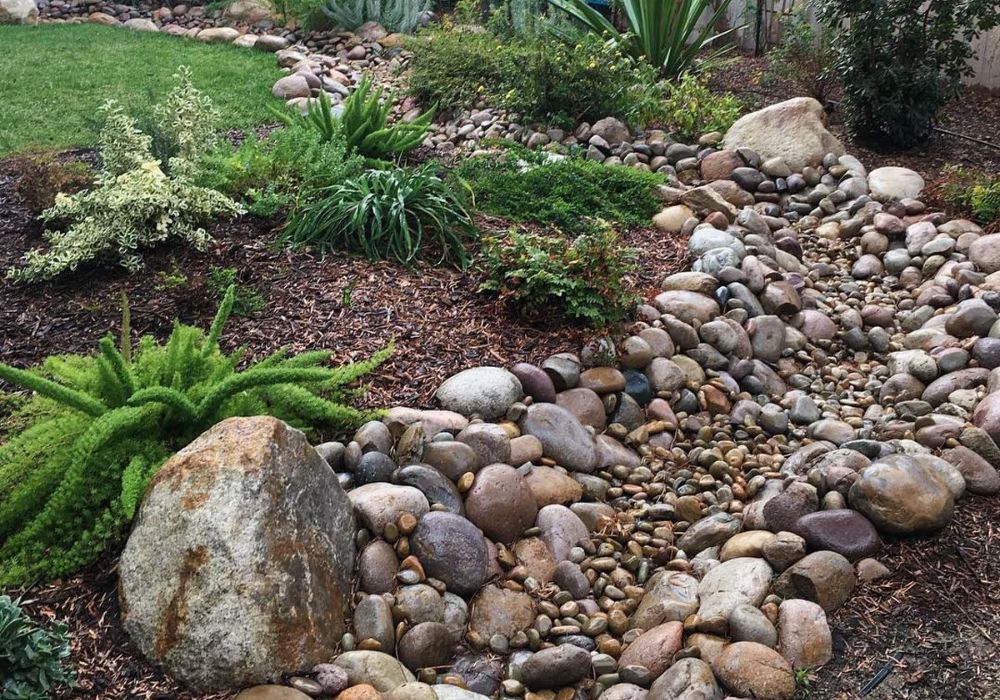
Dig a 6-12 inch deep, 12-24 inch wide moat and backfill three quarters with gravel. Leave the remaining quarter empty for planting. Moats segregate areas but allow plant roots underneath to intermingle. They look like flowing streams encircling garden rooms. Moats require no edging and divert water away from areas needing protection like house foundations.
Gravel and Stone Combination

Use a blend of gravel, small stones, cobbles, crushed rock or shells in a border for visual appeal. Different sizes, shapes and colors create textural interplay. Tamp materials together firmly yet loosely for an artwork aesthetic. Weed cloth beneath retains the blend while allowing plant roots and water to pass through. Combined borders add layers of depth.
Gravel Cairn Borders

Stack flat stone in gradual cairn piles along border edges. Use variously sized flat river rock or stones in appealing asymmetrical cairn formations. Leave 4-6 inches between each, backfilling with soil or gravel on the non-cairn side for plants to spread into. Cairns allow a natural habitat for small critters and define space through an artistic structure.
Pea Gravel Edge

Create a fine textured pea gravel border just 2-4 inches wide using small pebbles or gravel less than 1⁄4 inch in diameter. Tamp firmly edging flower beds, vegetable gardens or potted container groups. Its petite size and flexibility to bend around curves makes this an understated border option to neatly bound space.
Gravel and Wood Combination

Set a aged cedar log, railroad tie or similar lengths of wood with one flat edge down halfway buried in a gravel border to add rustic charm. Space pieces at intervals, tamping gravel around contours. Choose gnarled branches for a organic style. Over time wood will fade and lichen will grow, blending with the natural garden scenery framed by gravel.
Grass and Gravel Border

Leave an 8-12 inch border of grass between a flower or vegetable bed and a surrounding gravel pathway. The soft grass edge, trimmed neatly, provides a visual cushion separating the delicate plants from foot traffic. It also prevents gravely soil from mixing into the planting area. Grass borders offer a simple low-maintenance definition.
